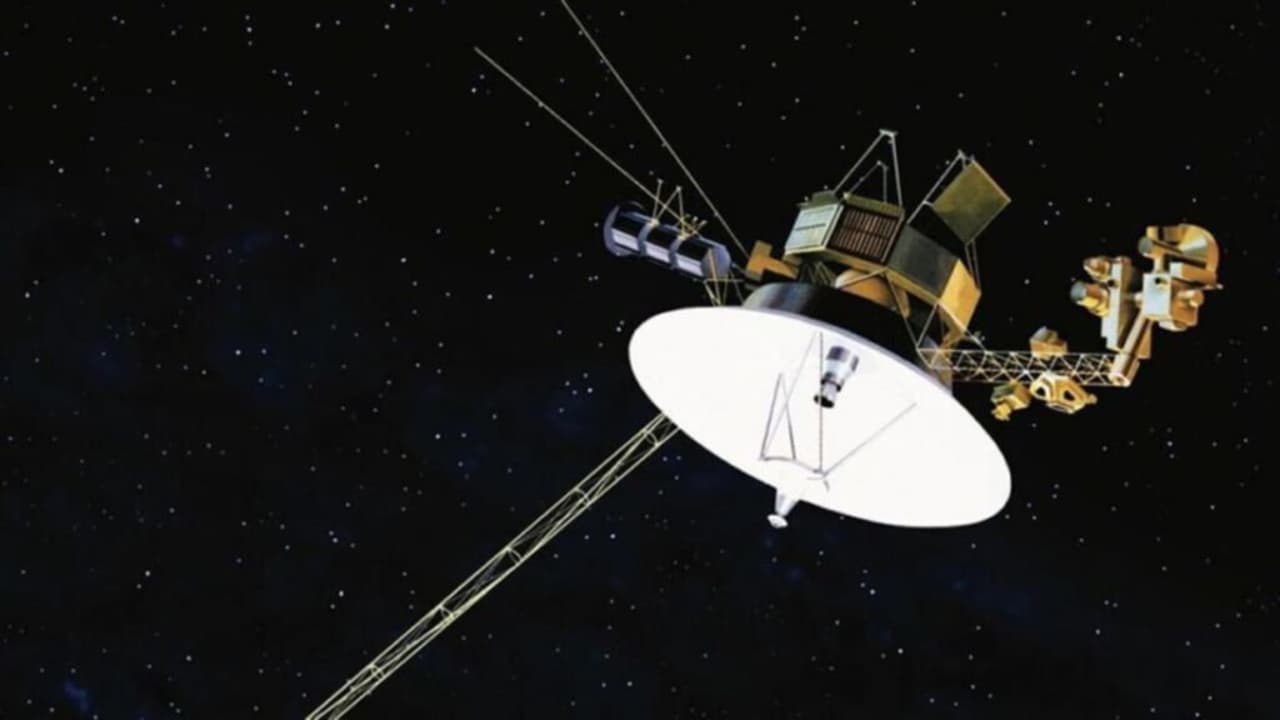The Voyager 1 and Voyager 2 space probes are the best space explorers NASA has. Launched in 1977, these devices, which are billions of kilometers away from us, continue to send valuable scientific information to our planet (provided nothing prevents them, of course).
Now, NASA engineers have decided to take measures to ensure that the probes continue exploring space for many more years.
One of the measures they have taken is to update the firmware of the probes to prevent a glitch that occurred in Voyager 1 last year from happening again. Engineers resolved the issue, and the new patch aims to prevent the problem from recurring in Voyager 1 or appearing in its twin, Voyager 2.
The team is also working on solving a problem of fuel residue buildup inside narrow tubes in some of the probes’ thrusters (a type of accumulation that has also been observed in other spacecraft).

The thrusters of Voyager 1 and Voyager 2 are primarily used to keep the probes’ antennas pointing towards Earth for communication. They can rotate in three directions: up and down, left and right, and around the central axis, like a wheel. In doing so, the thrusters automatically fire and reorient the probes to keep their antennas pointing at Earth.
In this process, fuel flows to the thrusters through fuel lines and then passes through propellant inlet tubes, which are 25 times narrower than the external pipes. Each firing of the thrusters adds small amounts of fuel residue, leading to a gradual buildup of material over decades. In some of the propellant inlet tubes, the accumulation is becoming increasingly critical.
To curb this buildup of residue, NASA has started letting the two probes rotate a bit farther in each direction before firing the thrusters, reducing the frequency of the shots.
The adjustments to the thrusters’ rotation range were made through commands sent in September and October, allowing the probes to move nearly 1 degree farther in each direction than before. The mission is also conducting fewer but longer firings, further reducing the total number of shots taken by each probe.
These adjustments have been carefully devised to ensure minimal impact on the space mission. Although the probes’ increased rotation capability might occasionally result in some data loss, NASA’s team concluded that the plan will enable the Voyagers to send back more data to Earth over time.


